Graduates To Watch From The Bartlett & Architectural Association
By Something CuratedCoinciding with the final week of the London Festival of Architecture, the Bartlett and the AA’s graduate shows are now open to the public until the 8th and 16th July respectively. This year, the Bartlett Summer Show, which attracts around 10,000 visitors, showcases over 650 students work in the school’s refurbished home at 22 Gordon Street, with a diverse range of inventive visual outputs, including models, drawings, films and digital fabrications. Similarly, AA’s Projects Review offers an overview of the school’s academic year, with a focus on process as well as the final outcomes, documenting the diversity and experimental nature of the institution. Something Curated takes a look at this year’s offerings from the two schools, selecting some of our favourite students and graduates to look out for.
The Bartlett
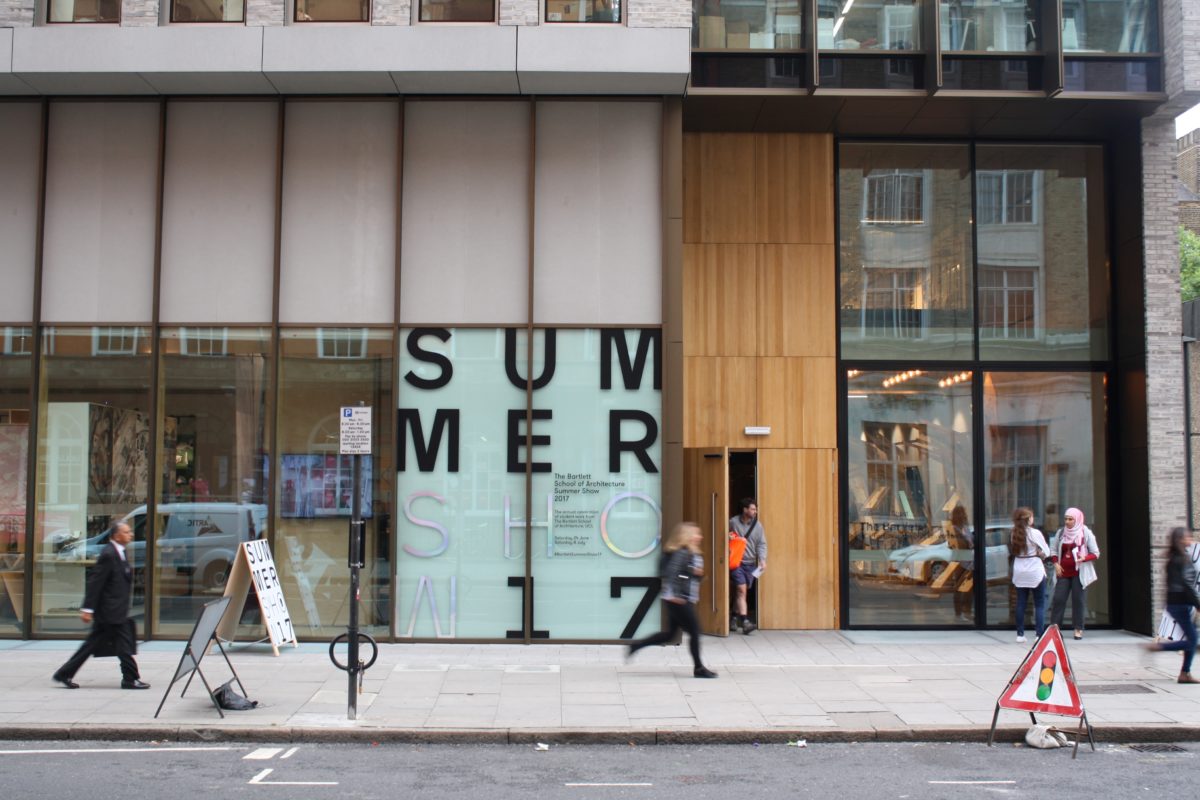
Agostino Nickl
Agostino Nickl’s ‘Low-Res City’, which won the Sir Banister Fletcher Medal, explores the idea of physicalising the phygital. Nickl explains: “The immense success of Pokémon Go created public awareness about augmented reality (AR) and the phygital – partly physical, partly digital phenomena. The game’s popularity suggests a progression towards ‘Realised Augmentity’, in which AR is used as a tool for the construction of the ‘real’ … The final project is the ‘Low-Res City’, a provocation of the image of the city. The proposal employs new technologies of fabrication and perceptions of reality.”
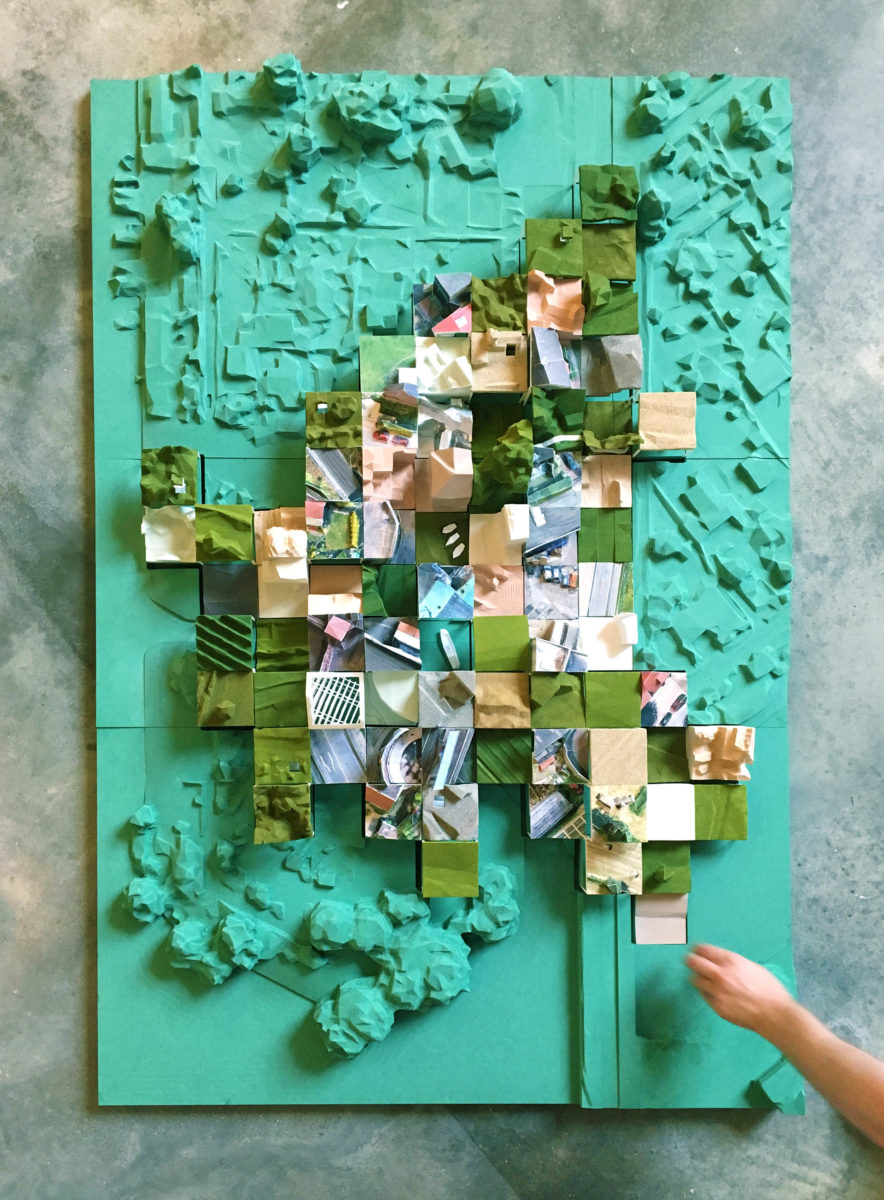
Using photogrammetric data, Hamburg is compressed into 80 specimens mined from across the city. According to Nickl, these low-res samples become true representatives of the urban fabric containing extracts of fields, the Autobahn, a Brutalist warehouse, a church and an aeroplane amongst others. They serve as test beds for newly developed and existing fabrication techniques.
Krina Christopoulou
The concept of dimension is not restricted to physical objects. Time, a temporal dimension often referred to as the fourth dimension, is one way to measure physical change. It is perceived differently from the three spatial dimensions in that there is only one of it, and that we cannot move freely in time but subjectively move in one direction. Project 1 explores the conscious act of time-based event-registration of place. Studying Mexico from afar, taking the form of a spatially embedded device or an installation that occupies a space in London for this project, students were directly informed by their research of Mexican culture.
Patrick Mawson
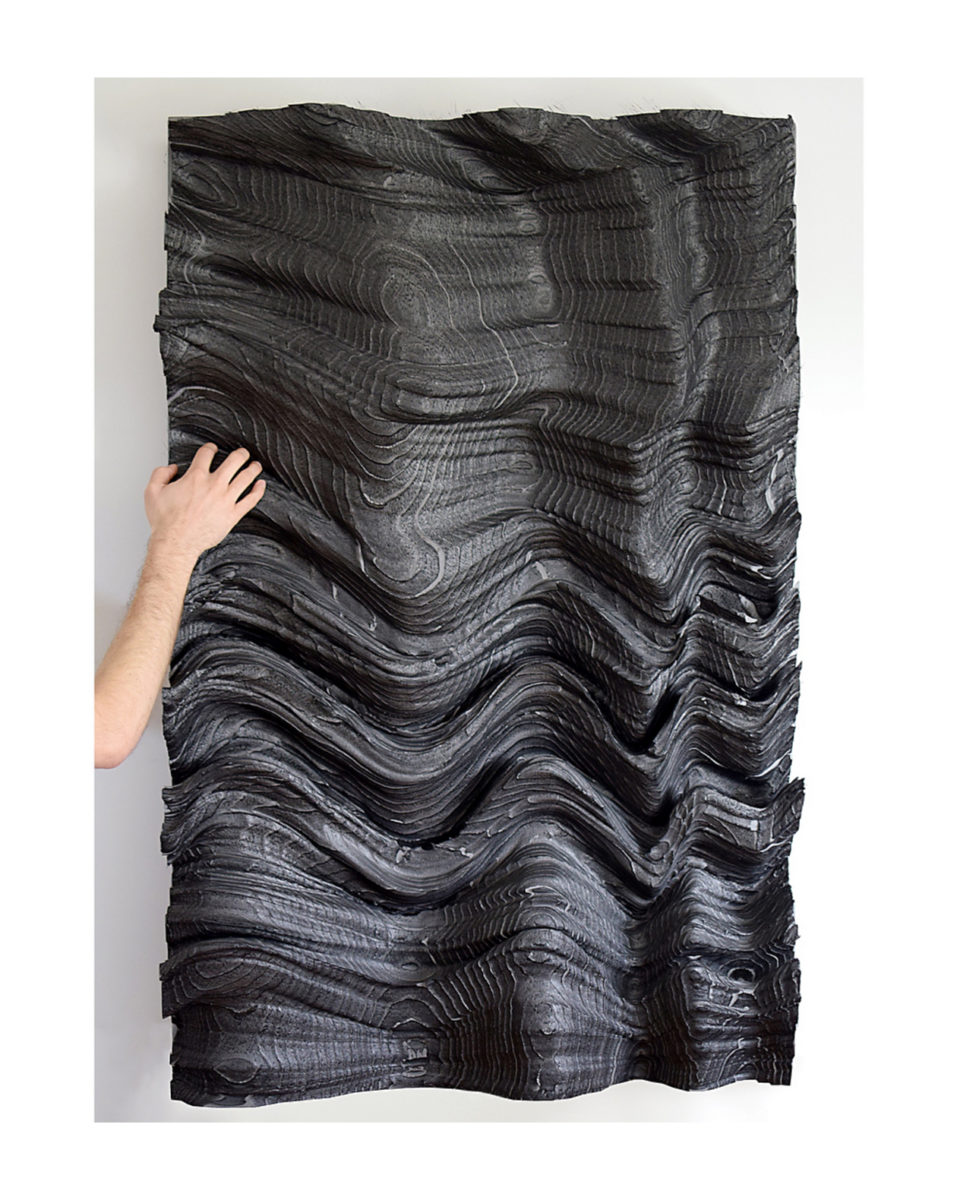
Patrick Mawson created a series of ‘sensuous cells’, investigating how through construction, one can harness meteorological gradients for environmental comfort and functionality. Airflow simulations determine the carving of programmatic spaces through a hierarchy of robotically controlled scoops and slashes.
Chris Delahunt
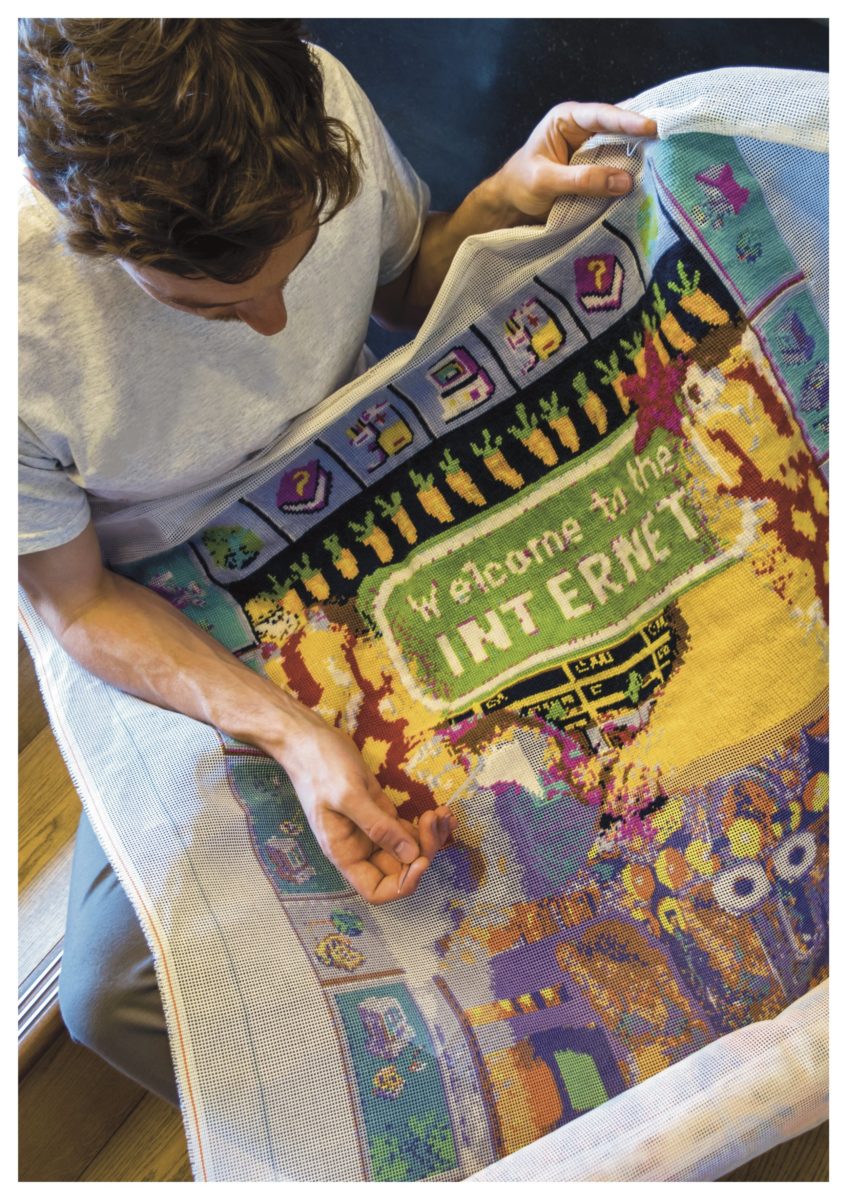
141,588 total stitches make up Delahunt’s 1.2msq tapestry of 90s GIFs, part of his thesis project, physicalising digital heritage. “GeoCities GIF artefacts are no less important than any other visual aspect of human history: they reveal the origins of a now ubiquitous internet culture, showing where we have been and how far we have come. The internet port gives Venice a new means to once again become a powerful city of trade: trading digital objects rather than physical ones. The Google sponsored internet physicalisation factory creates physical back-ups of digital cultural heritage in tapestry format. The tapestry is displayed across Venice at the same resolution of Google Earth, asserting Google’s control over the world wide web.”
The Bartlett Summer Show 2017 – Open till 8 July
Architectural Association
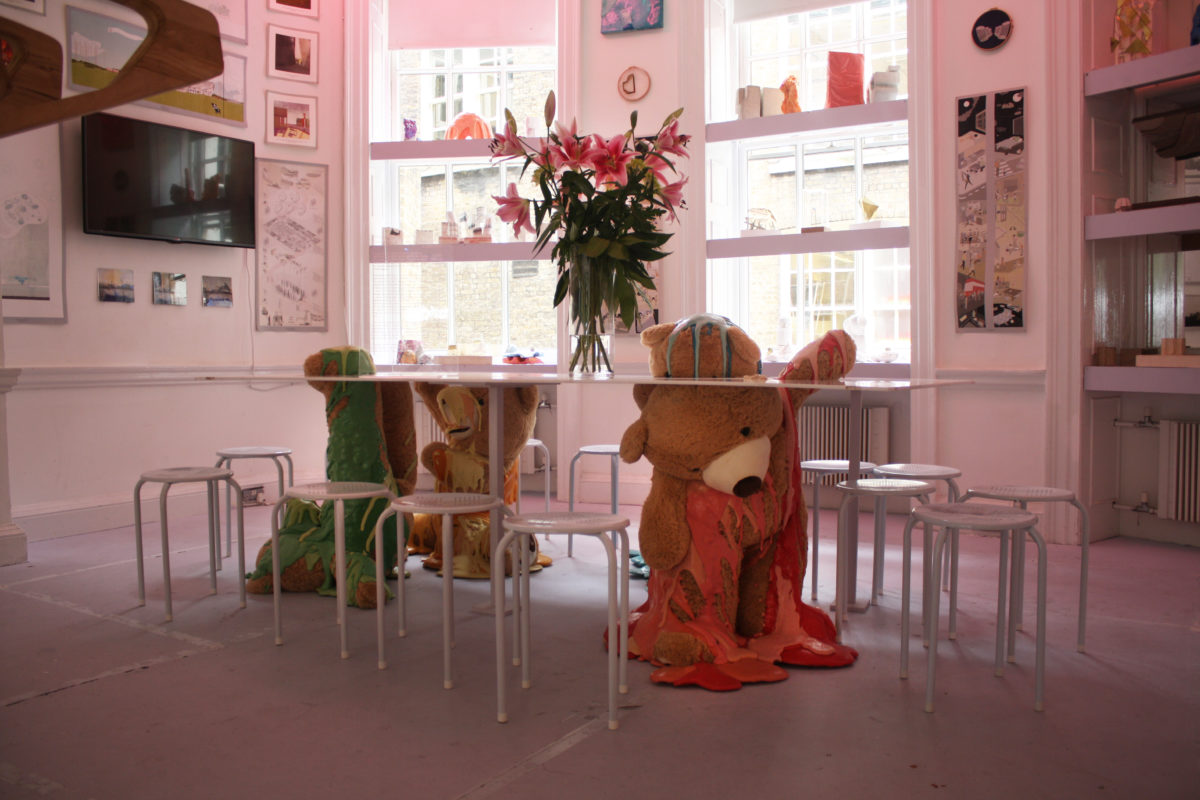
Maxime Monin
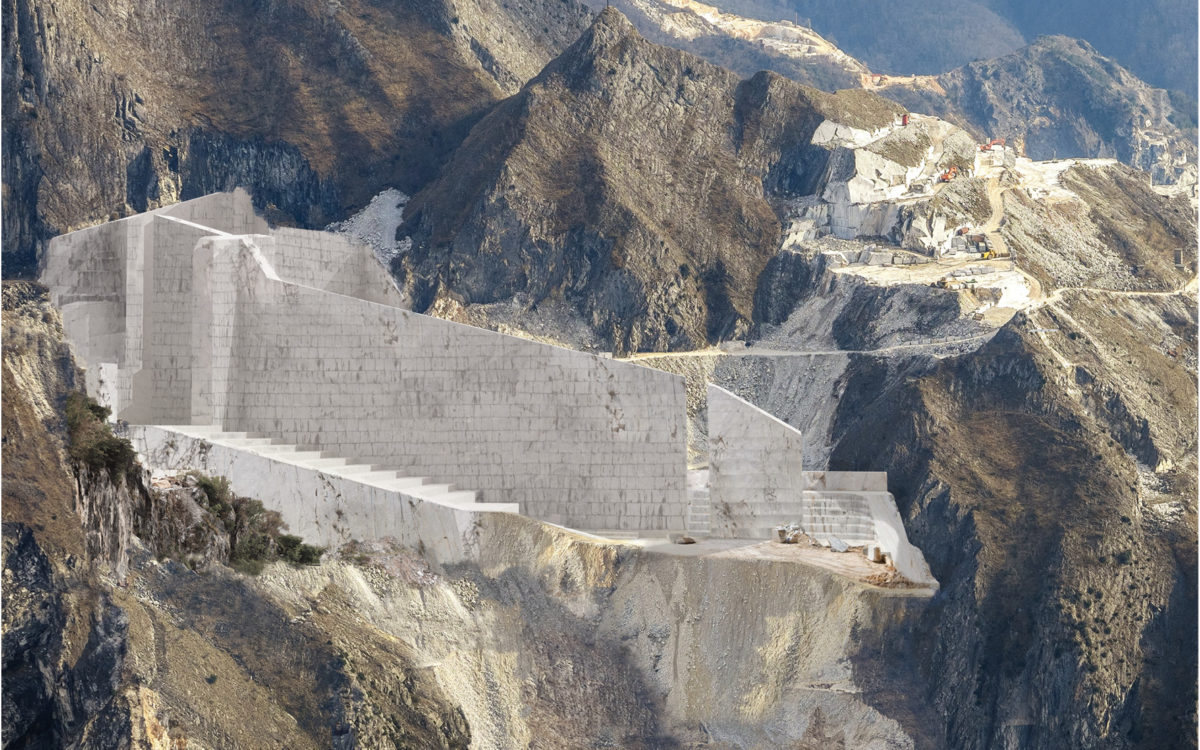
Maxime Monin’s ‘Cipherspace’ is a journey through the absurd, through matter, space and language, offering an understanding of unique global phenomena of unprecedented scales. “Every year, 40 billion tons of sand are used mostly for building purposes. 70% of it is extracted illegally. Singapore, through its politic of artificial land extension is already responsible for the disappearance of 24 Indonesian islands. 70% of sand extracted is illegally smuggled by Indonesian people, helped by corrupt officials. China used more cement in 3 years than the US used in the entire 20th century. The Emirates are now facing a major drought after urbanising desertic lands. In 2018, they plan on pulling a piece of the Antarctic 1000km North, toward them, to solve this water crisis for the coming decades.”
Anna Wahlsten
“Through a sociological comparison of tribes, we isolate the transferrable elements that express empathy and togetherness. During our unit trip to the US, we spent the first half immersing ourselves with the Navajo Native Americans, learning about their culture and how they have strengthened their tribe despite the strong oppression by Western culture. In the second half of the trip I spent time in Skid Row, the largest homeless community in Los Angeles and was made aware of the problems they are facing. By following the rules of a successful tribe, we borrow aspects from the Navajos and apply them to Skid Row which needs strengthening …
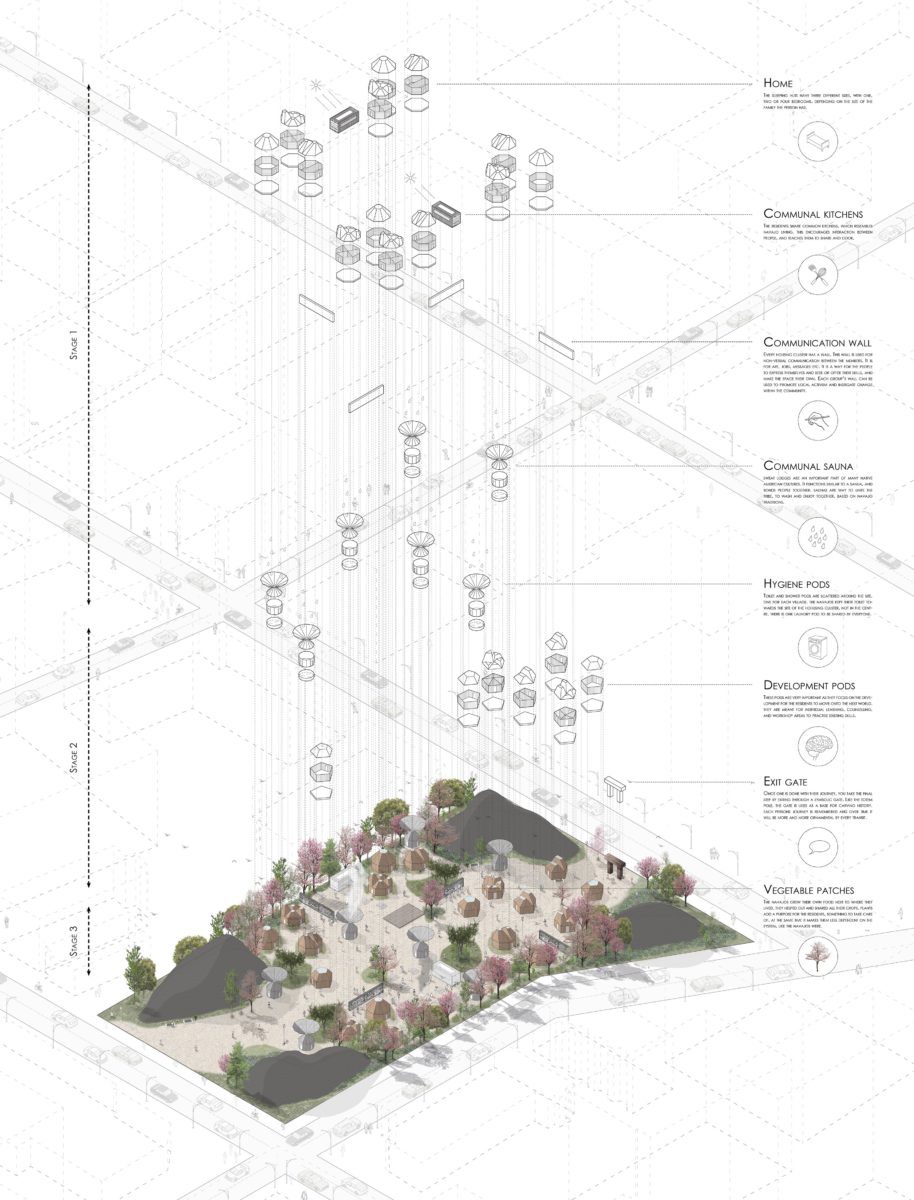
This leads to a community village where focus is put on their spiritual journey to the next world. Their aim is for them to eventually leave the tribe and help them move on for good, and not relapse and fall back like many do through the conventional recovery system. The result is a spiritual community that look after both their village and each other, where the people can rebuild their identities and prepare for a successful future.”
En-Kai Kuo, Rolando Madrigal, Eleni McKirahan & Evgenia Spyridonos
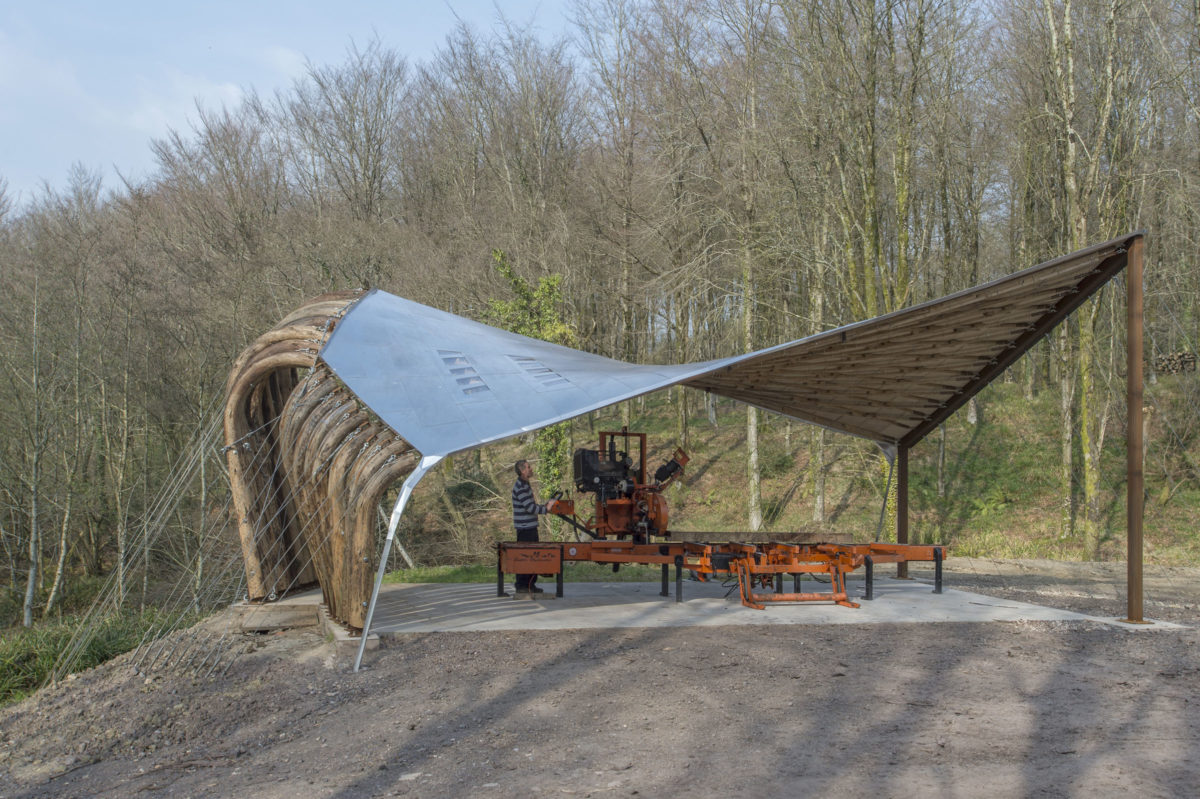
The Sawmill Shelter, experimental tensile-timber canopy, forms a test-bed for the experimental prototyping of structural systems that will be deployed in the next planned construction at Hooke Park, a lecture hall and library that will form the academic centre of the campus. The main investigation was to test the limits of use of timber in tension in the form of an anticlastic surface that can resist both snow loads and wind uplift. The timber net spans about 11 metres and is formed from 38x38mm laths of western red cedar sourced from an adjacent stand of trees.
Ana Maria Nicolaescu
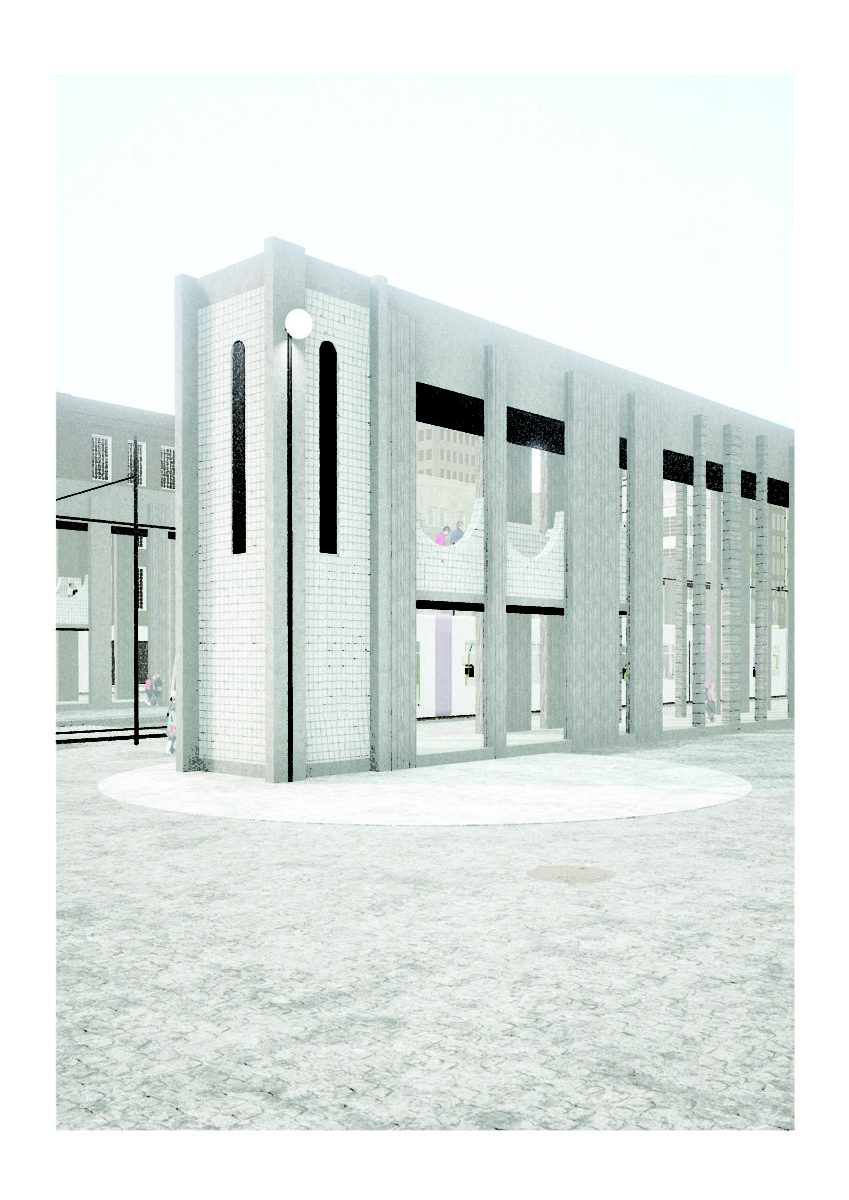
Croydon is infamous for its 1960s office towers, constructed as part of an ambitious attempt to transform the small market town into a thriving city. Half a century later the towers stand largely abandoned as the decaying remnants of a failed vision of modernism, but new plans have been prepared for the town. Where once emphasis was placed on local employment and the importance of a civic and cultural activity, this new model is posited on a more disenchanted view of urban life. Over the course of the year, Diploma 1 have investigated the idea that urban planning is not an exercise in economic optimisation but is rather a mythical and artistic endeavour.
AA Projects Review 2017 – Open till 16 July
Words by Keshav Anand